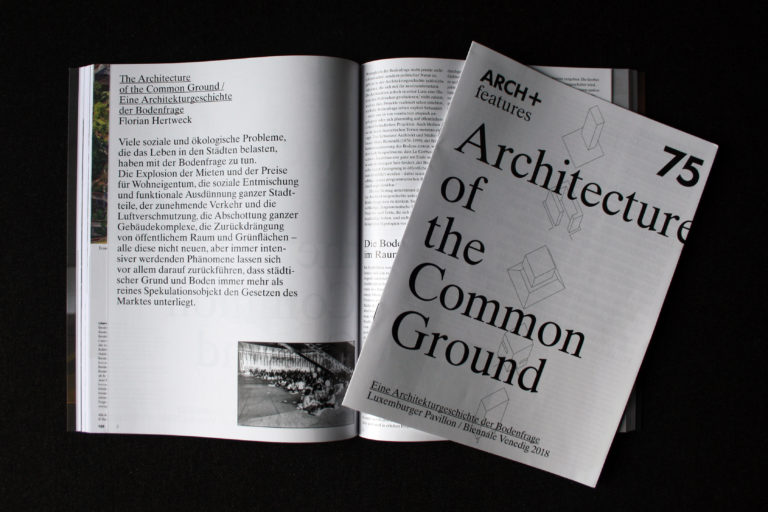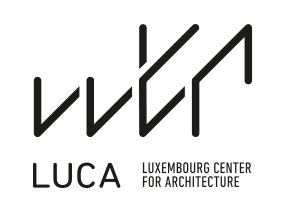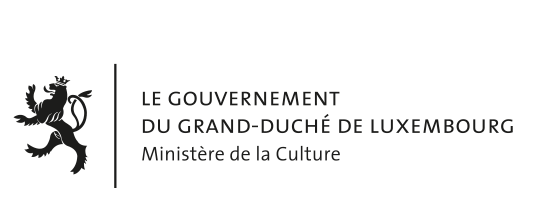The way we deal with land has a decisive influence on architecture and urban planning. In the past decade, the privatisation of land and speculation with especially municipal land have risen dramatically. Many European cities that are, like Luxembourg, under high developmental pressure have practically no more of their own land available for construction. Although this problem is primarily a challenge for politics, many architects are also addressing it from a design point of view. The Luxembourg Pavilion is engaging with the most radical of these approaches – elevated buildings that allow the land to remain open, both physically and symbolically. Various projects from the history of ideas enter into dialogue with contemporary experiments that share the aspiration of making the land accessible to public uses. In doing so, they are resisting an alleged logic that has led to an almost universal privatisation of land in cities, creating isolated enclaves and reducing the public sphere. « The Architecture of the Common Ground » is not a plea for a thoroughly elevated city, but an appeal to understand the finite and indispensable land as an inalienable common good, like air and water. Only then will we be in a position to further develop our cities in socially and environmentally sustainable ways.
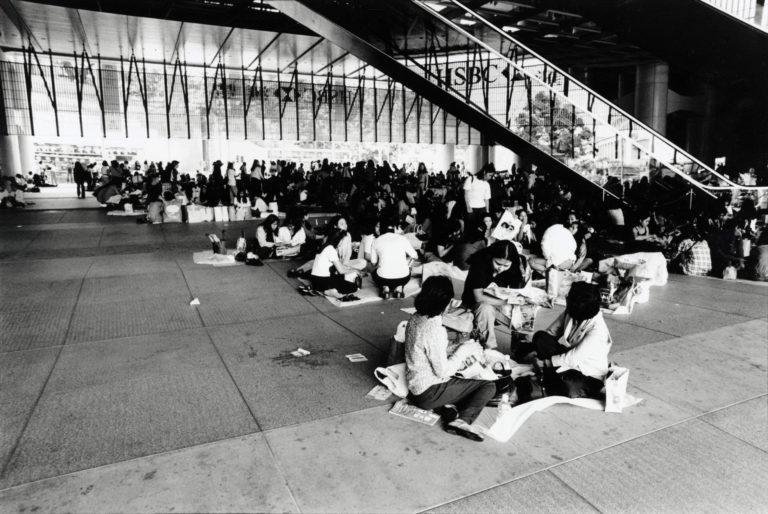
The HSBC headquarters in Hong Kong serves as a popular Sunday meeting point for hundreds of Filipino domestic helpers. © Stefan Irvine
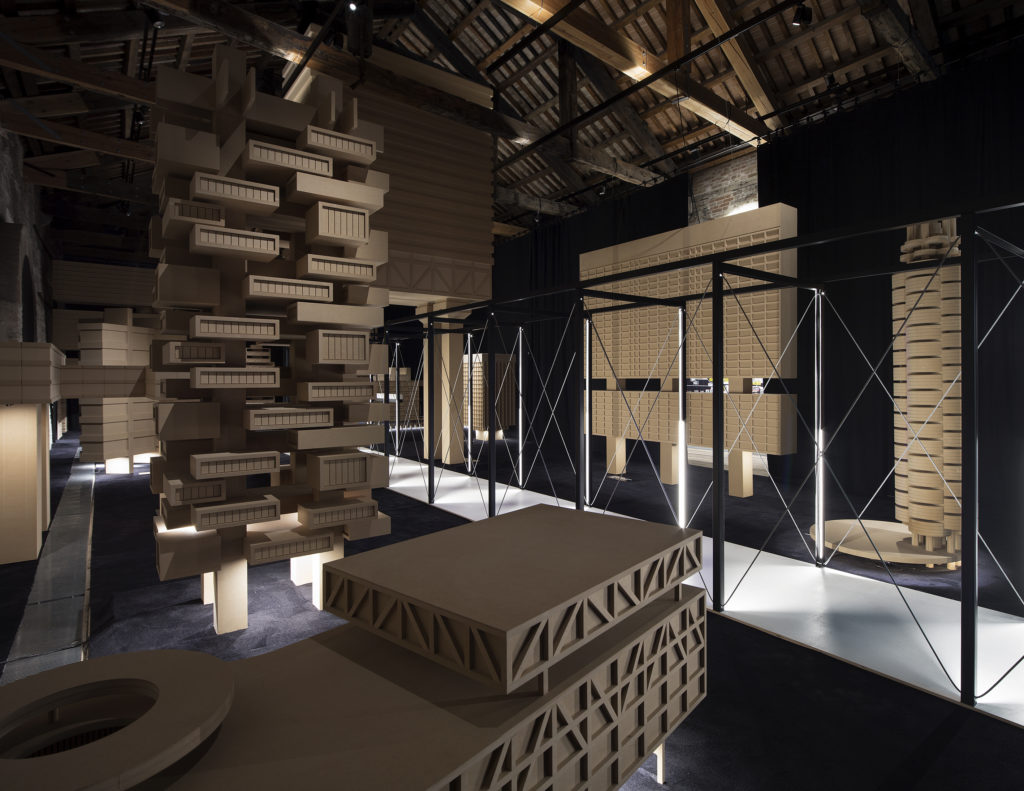
The large-scale diagram is designed as a work in progress. Based on research on an Architecture of the Common Ground conducted by master’s students at the University of Luxembourg, visitors are invited to continue writing the atlas of a committed architecture that sets the value of the public sphere and participation above the privatisation and encapsulation of urban land.
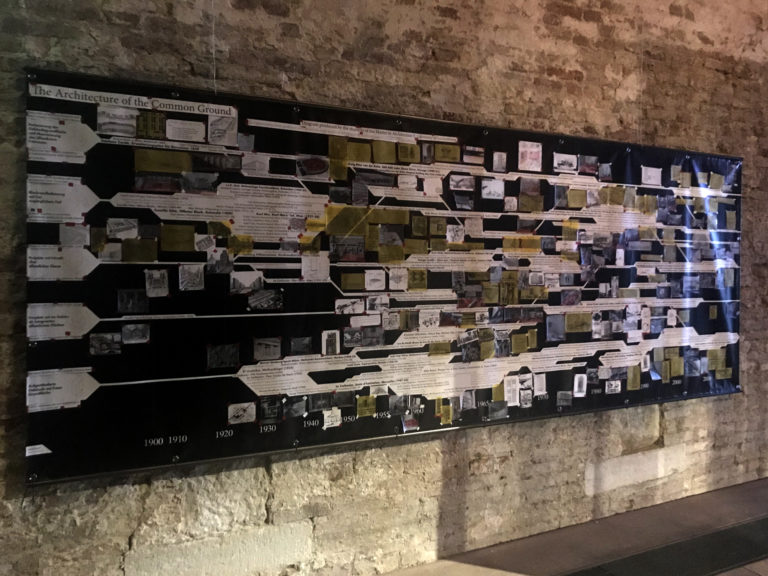
In collaboration with the journal Arch+, this resulted in issue no. 231, “The Property Issue”, which focuses on land and new common goods, further deepening the thematic background of the exhibition. The Arch+ features devoted to the Luxembourg Pavilion is available in the exhibition for visitors.
